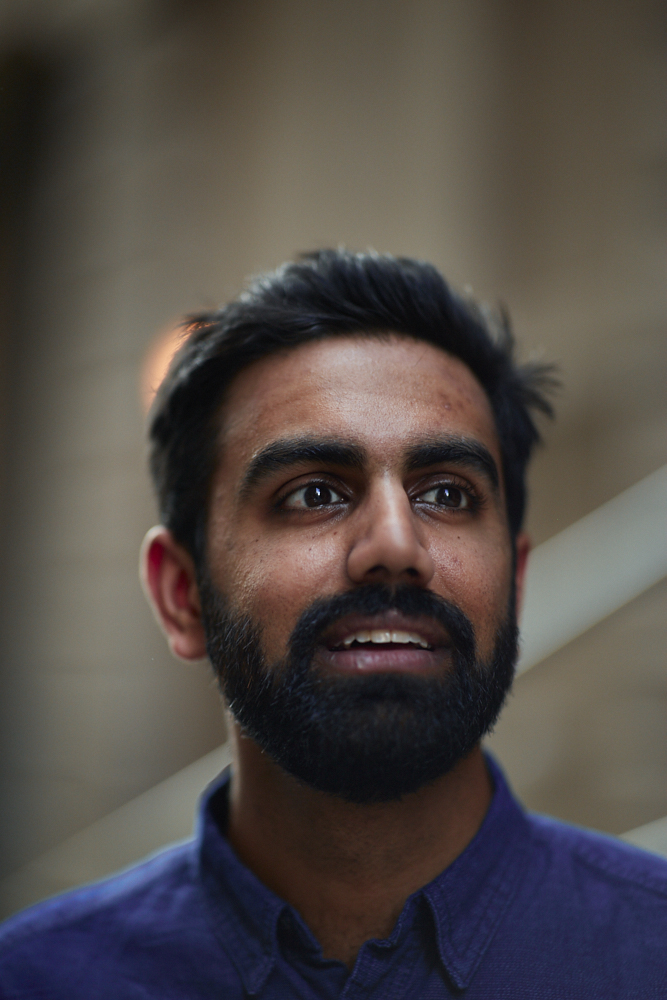There are tons of fantastic portrait lenses out there. But let’s be honest, pretty much everyone talks about f1.2 lenses all the time. In this post, we’re not comparing them all directly. Instead, we’re discussing focal lengths due to what we’ve seen folks type into our internal search engine. So which of the f1.2 lenses is best for portraits? Find out and even look at images that we’ve pulled from our own archives.
Table of Contents
35mm f1.2 for Portraits
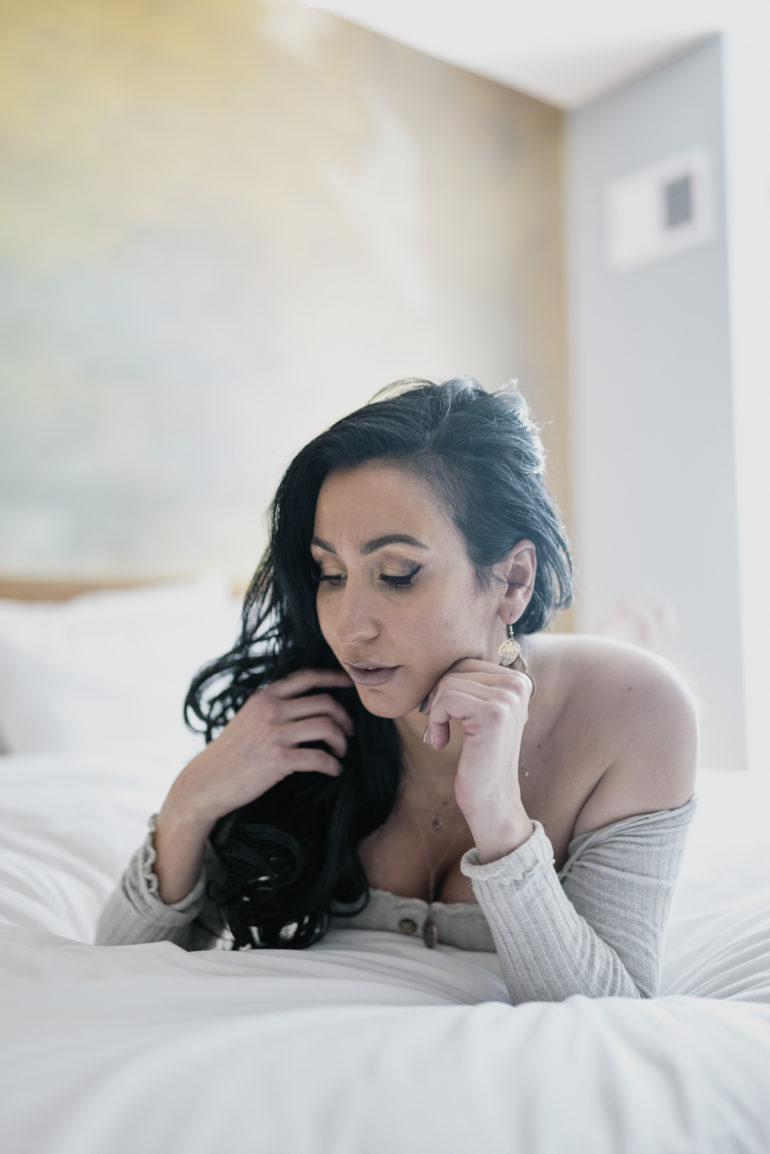
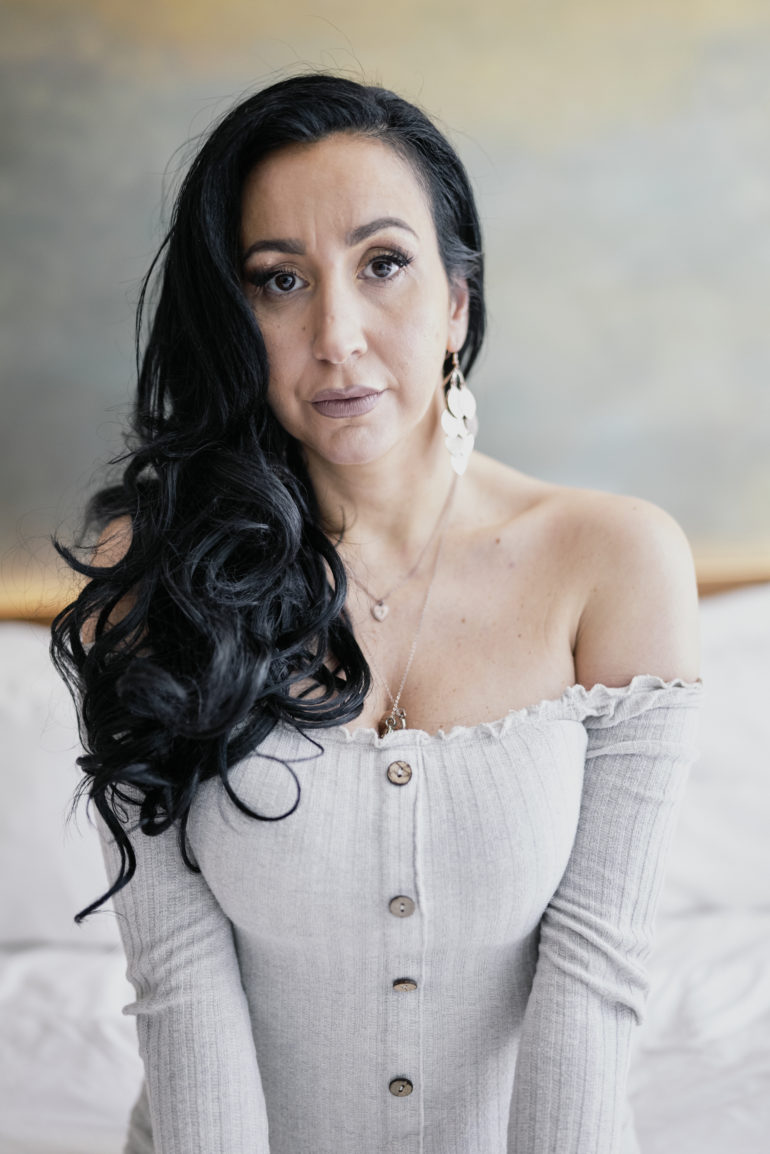
TLDR: If you want to shoot wider but have super shallow depth of field.
At the moment of publishing, the only 35mm f1.2 lens available for full-frame cameras is the Sigma 35mm f1.2 DG DN Art lens. This is a lens that I personally owned, and then sold after realizing that it’s too heavy, large, and that I never want to bring it around with me. When I bought it, I was dreaming of a lens like this but forgot how heavy it is on Sony cameras. It’s much more balanced on the L-mount.
However, I’ll admit that it has beautiful image quality potential. This is a very clinically perfect lens, and I’m not a fan of that look. So if you really want to use it, I suggest that you start lifting weights and get something like a glimmerglass filter to put on it.
What a 35mm f1.2 lens allows you to do is shoot wide-open portraits with little distortion and very little of the frame in focus. Shooting wide open lets you get a bit more than the eye in focus. In fact, because of the laws of physics, you’ll pretty much get the entire face in focus when you’re shooting wide open and depending on your focus distance.
Because it’s a 35mm lens, though, I’d still work to keep your subject in the center of the frame as much as possible because there will be distortion around the edges more than other lenses.
S
50mm f1.2 Lenses Do a Great Job
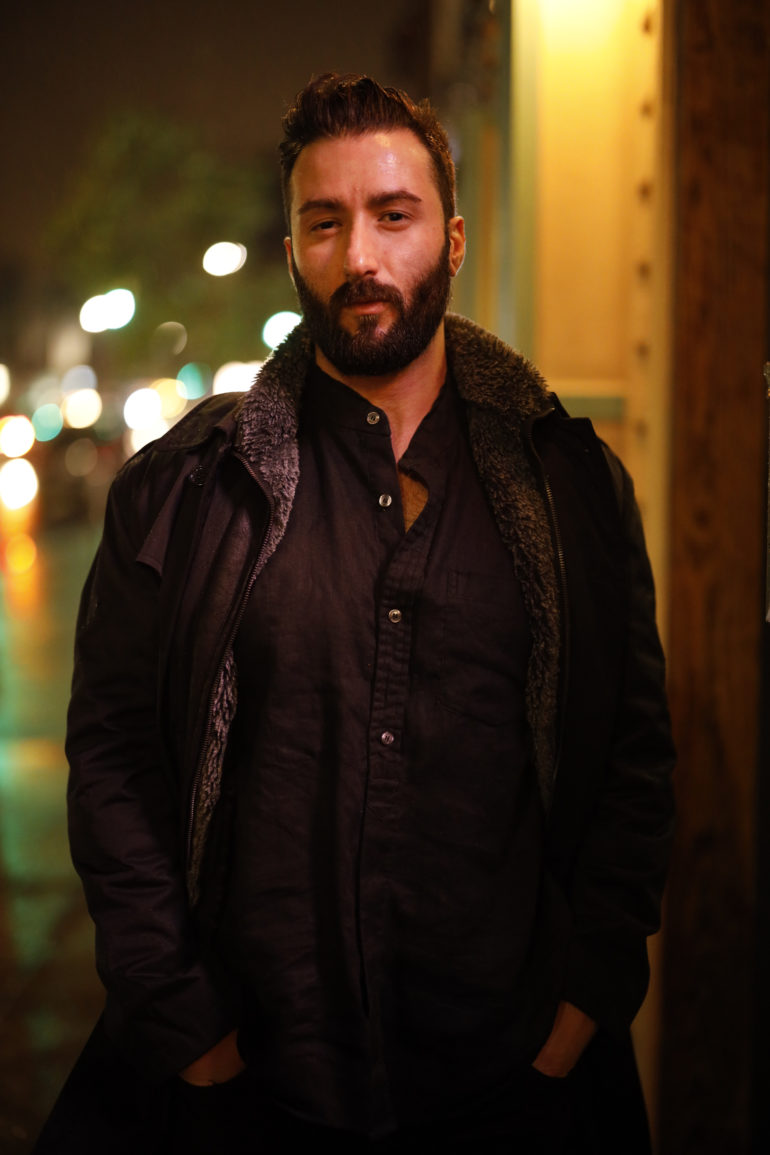
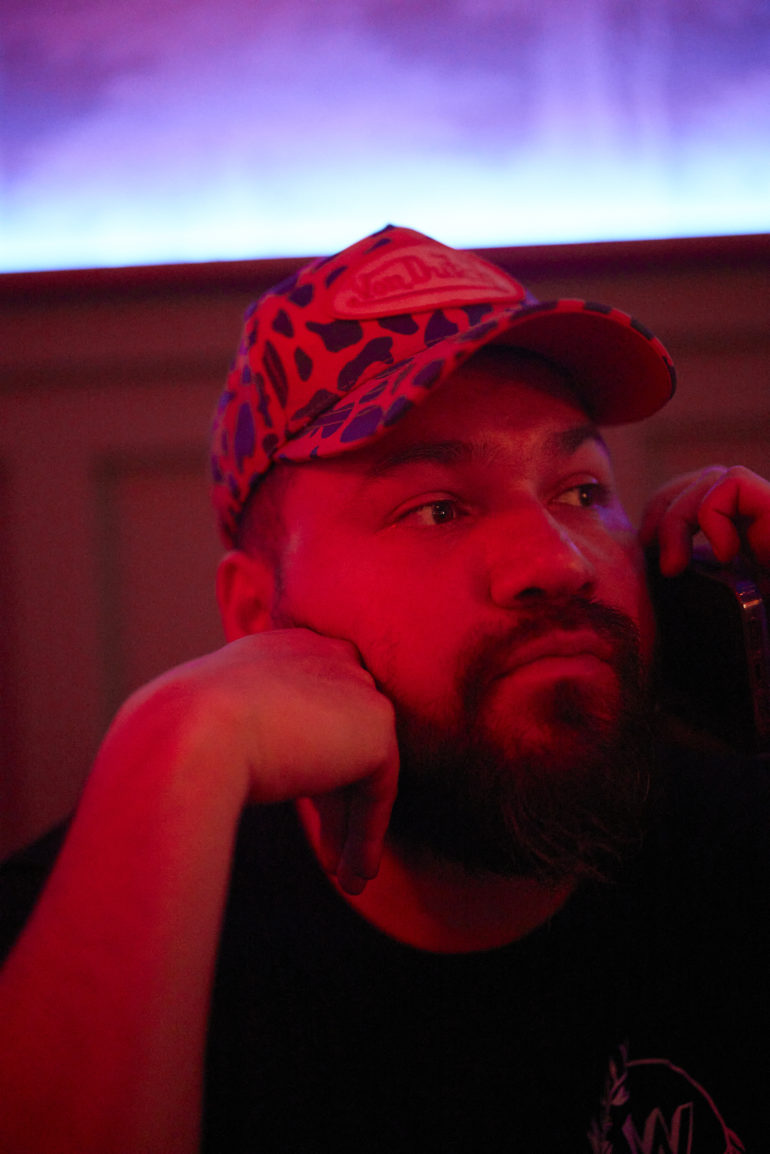
TLDR: If you’re looking for balance.
My absolute favorite 50mm f1.2 lens is made by Canon. I bought this lens when it first came out and it continues to be my favorite for the camera system. Sure, it’s pricey. But it’s worth every cent and every beautiful photo that it makes. Sony, Nikon, and Leica also make 50mm f1.2 lenses. But Canon’s still has a look to it that resembles 645 medium format; and that’s pretty much not done by any other lens out there.
So why are 50mm f1.2 lenses great for portraits? Well, they’re the most balanced option here. You can get close or get further away from your subject while keeping the depth of field insanely thin. The bokeh will typically also be much more pronounced with a lens like this than with a wider lens like the 35mm. While a 35mm lens will let you put more into your frame at the same distance from the subject, everyone will simply look better with a 50mm lens.
When I say look better, I don’t necessarily mean that they’ll look thinner. However, they’ll look a whole lot more like their authentic self as seen through human eyes than through a camera lens.
Is the Dream an 85mm f1.2?
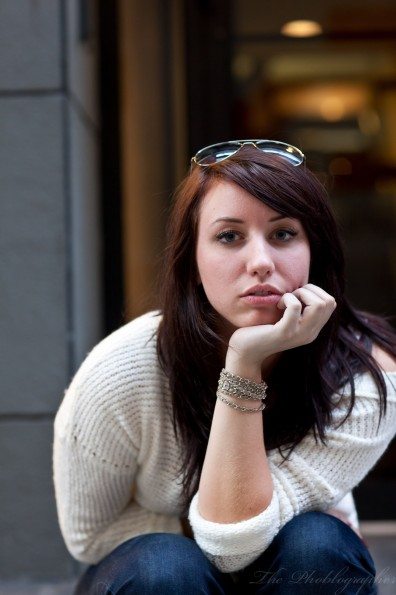
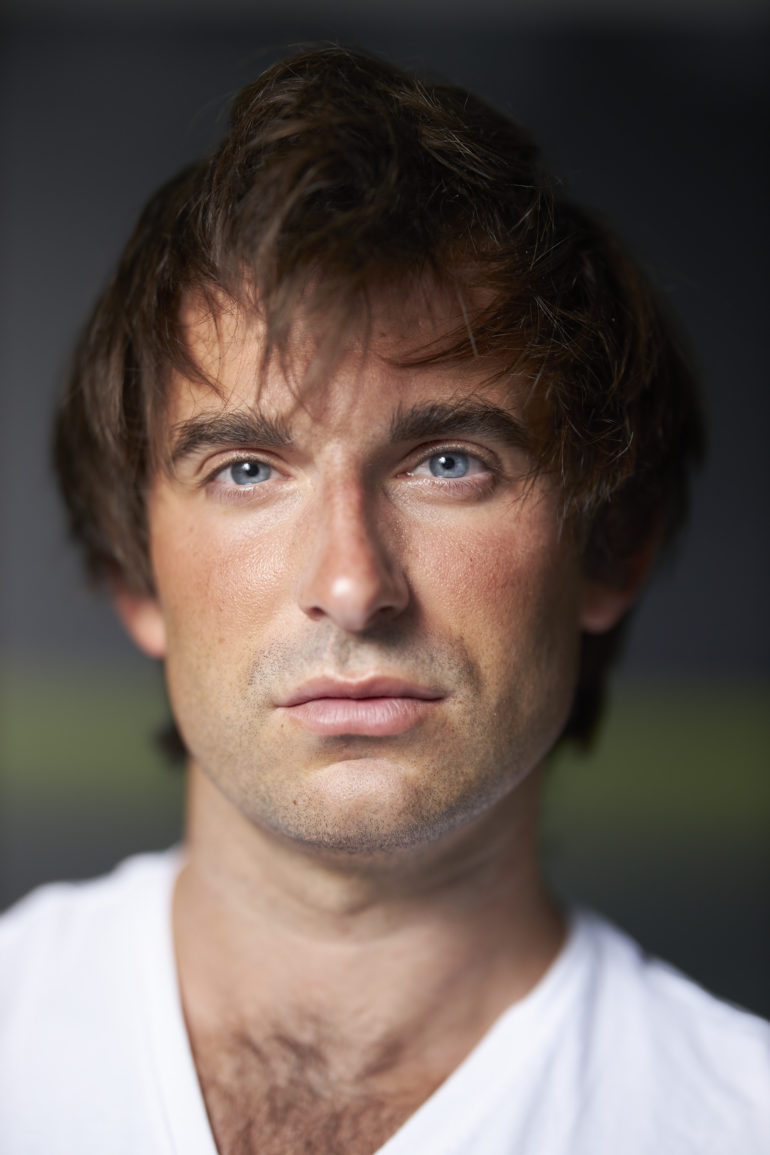
TLDR: If you want the dreamiest photos.
There aren’t a whole lot of 85mm f1.2 lenses on the market as of publishing this article. But Canon and Nikon make some very good ones. This is a lens that truly lets you do it all. You can move back from your subject and have a super slim depth of field. Then when you want to get closer, it’s easier for you to pretty much just have the eyes in focus and nothing more. The photos above both have editing applied, and they’re showing off the fullest potential of the lens. Both were shot with Canon lenses with the photo of the woman done with an older EF lens while the man is done with the newer RF variant.
Seriously, if you just want the dreamiest portraits, you can’t beat a lens like the 85mm f1.2
Which is Best?
This is a tough question to answer. Honestly, the 50mm f1.2 is the most versatile of the bunch. But if you just want to do portraits, then consider the 85mm f1.2. If you want to shoot wider portraits and candid moments, go for the 35mm f1.2. Either way, you can’t go wrong with any of them.


